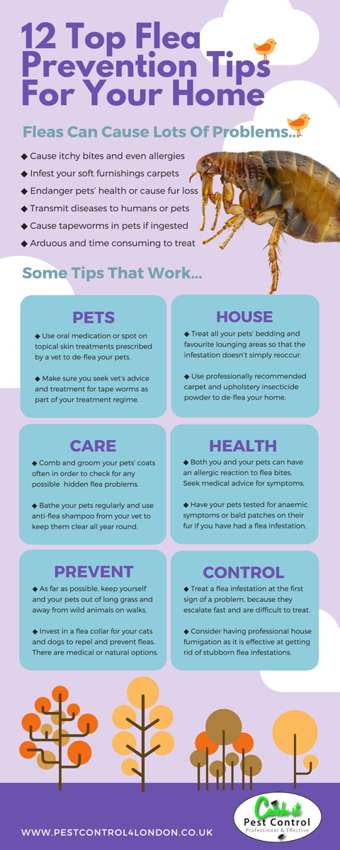Tips For Homeowners To Keep Rodents Out Of Their Attic Rooms
Tips For Homeowners To Keep Rodents Out Of Their Attic Rooms
Blog Article
Authored By-Sutherland Bay
Envision your attic room as a comfortable Airbnb for rats, with insulation as cosy as resort pillows and circuitry extra luring than room solution. Now, envision these undesirable visitors throwing a wild event in your house while you're away. As a house owner, ensuring your attic is rodent-proof is not just about satisfaction; it's about protecting your residential or commercial property and loved ones. So, what straightforward actions can you require to guard your haven from these hairy burglars?
Inspect for Entrance Points
To start rodent-proofing your attic, check for entry factors. Beginning by very carefully examining the exterior of your home, searching for any kind of openings that rats might use to access to your attic. Look for voids around utility lines, vents, and pipes, in addition to any type of fractures or openings in the structure or exterior siding. See to it to pay close attention to locations where different building products meet, as these prevail access factors for rats.
Additionally, evaluate the roofing for any harmed or missing tiles, in addition to any voids around the edges where rodents might press via. Inside the attic room, try to find signs of existing rodent task such as droppings, ate wires, or nesting materials. Use go source to thoroughly examine dark corners and surprise rooms.
Seal Cracks and Gaps
Evaluate your attic room extensively for any kind of fractures and spaces that need to be secured to avoid rodents from getting in. Rats can press through even the tiniest openings, so it's essential to seal any kind of possible entrance points. Inspect around pipes, vents, cords, and where the walls meet the roof. Utilize a combination of steel wool and caulking to seal these openings successfully. Steel wool is an outstanding deterrent as rats can not chew through it. Ensure that all gaps are firmly sealed to reject access to unwanted pests.
Do not forget the value of securing spaces around windows and doors too. Use weather stripping or door moves to secure these areas properly. Check the areas where energy lines get in the attic and secure them off using an ideal sealant. By making the effort to secure all cracks and spaces in your attic room, you create a barrier that rodents will discover difficult to breach. exterminator is key in rodent-proofing your attic room, so be thorough in your initiatives to seal any kind of potential access factors.
Get Rid Of Food Resources
Take aggressive measures to get rid of or store all potential food sources in your attic to discourage rodents from infesting the area. Rodents are attracted to food, so removing their food sources is important in maintaining them out of your attic.
Here's what you can do:
1. ** Store food securely **: Avoid leaving any food things in the attic. Store all food in airtight containers made from metal or durable plastic to stop rodents from accessing them.
2. ** Clean up debris **: Eliminate any kind of piles of debris, such as old papers, cardboard boxes, or wood scraps, that rats can use as nesting product or food sources. Maintain the attic clutter-free to make it much less enticing to rodents.
3. ** Dispose of garbage correctly **: If you utilize your attic room for storage space and have waste or waste up there, see to it to dispose of it routinely and correctly. Decaying garbage can draw in rodents, so maintain the attic tidy and free of any organic waste.
Final thought
To conclude, bear in mind that an ounce of avoidance deserves an extra pound of cure when it concerns rodent-proofing your attic room.
By taking the time to check for access factors, seal splits and voids, and remove food resources, you can maintain unwanted insects away.
Remember, 'An ounce of avoidance is worth an extra pound of cure' - Benjamin Franklin.
Remain aggressive and shield your home from rodent infestations.
